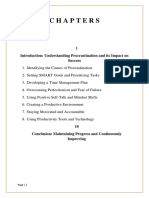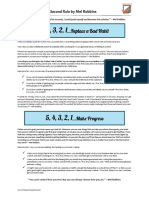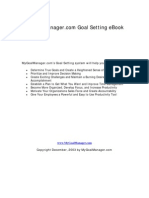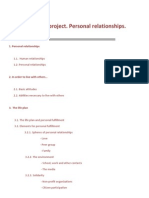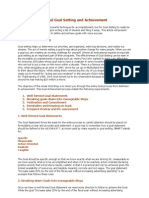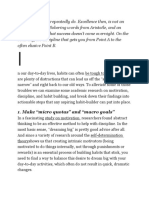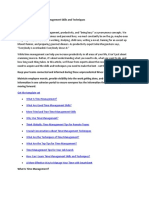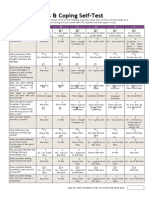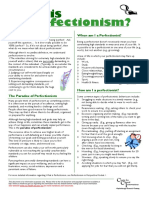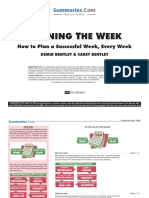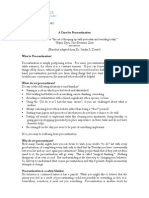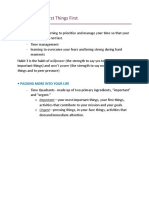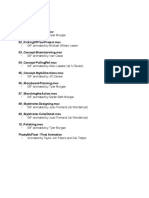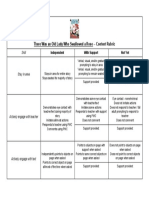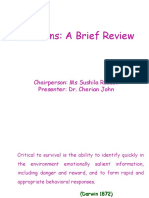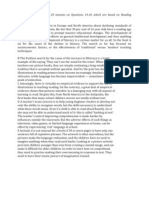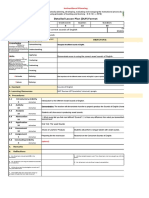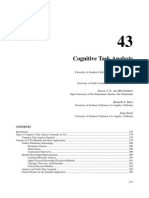0% found this document useful (0 votes)
171 views6 pagesPeak Performance Summary
1) The document provides guidance on systematically growing abilities by alternating between periods of stress/challenge and rest. It recommends seeking out challenges that push abilities slightly and cultivating deep focus, working in blocks of 50-90 minutes with breaks in between.
2) Rest and recovery are also important for growth. The document recommends meditation, mindfulness, adequate sleep, and taking full days off from work/challenges on a weekly basis.
3) Preparation and routine optimization are discussed as well. Developing warmups, conditioning behaviors to cues, automating decisions, and scheduling activities to match energy levels can help prime the body and mind for peak performance.
Uploaded by
kynegativeCopyright
© © All Rights Reserved
We take content rights seriously. If you suspect this is your content, claim it here.
Available Formats
Download as DOCX, PDF, TXT or read online on Scribd
0% found this document useful (0 votes)
171 views6 pagesPeak Performance Summary
1) The document provides guidance on systematically growing abilities by alternating between periods of stress/challenge and rest. It recommends seeking out challenges that push abilities slightly and cultivating deep focus, working in blocks of 50-90 minutes with breaks in between.
2) Rest and recovery are also important for growth. The document recommends meditation, mindfulness, adequate sleep, and taking full days off from work/challenges on a weekly basis.
3) Preparation and routine optimization are discussed as well. Developing warmups, conditioning behaviors to cues, automating decisions, and scheduling activities to match energy levels can help prime the body and mind for peak performance.
Uploaded by
kynegativeCopyright
© © All Rights Reserved
We take content rights seriously. If you suspect this is your content, claim it here.
Available Formats
Download as DOCX, PDF, TXT or read online on Scribd
/ 6

